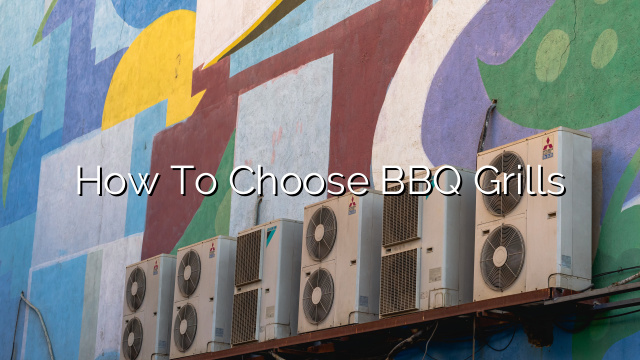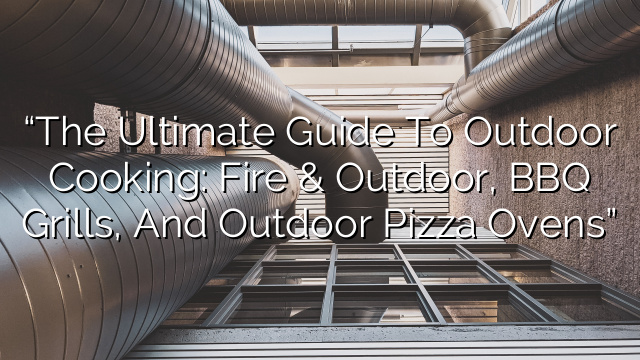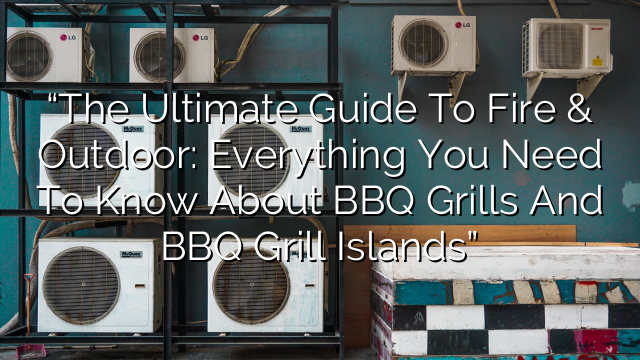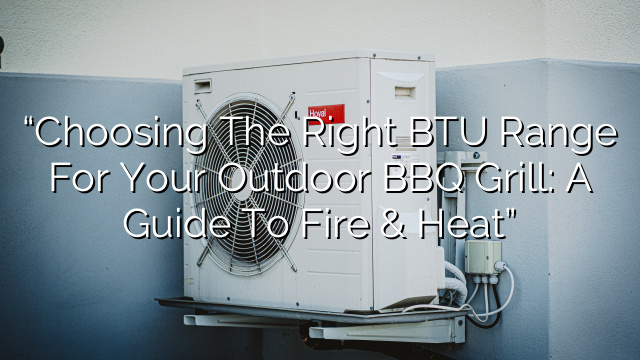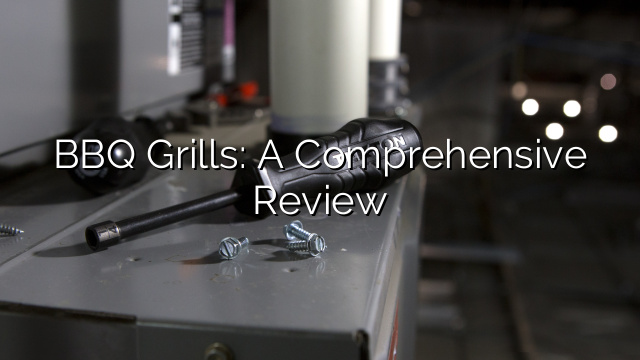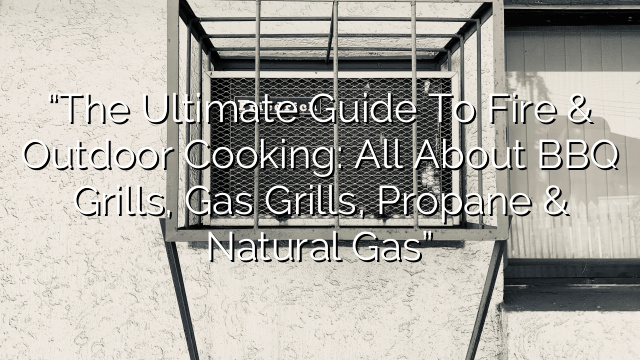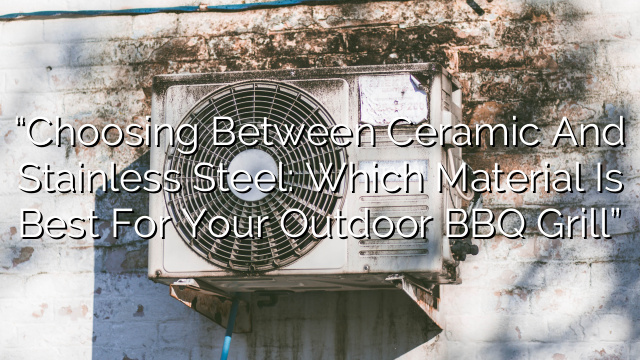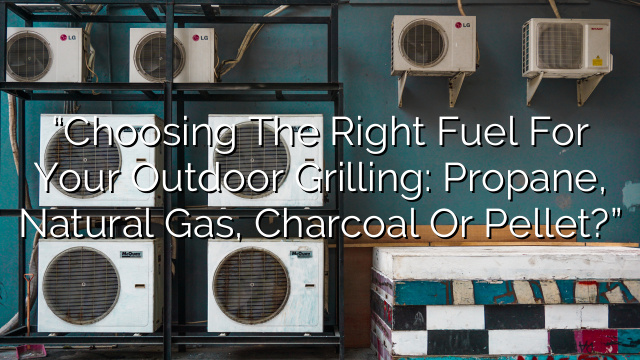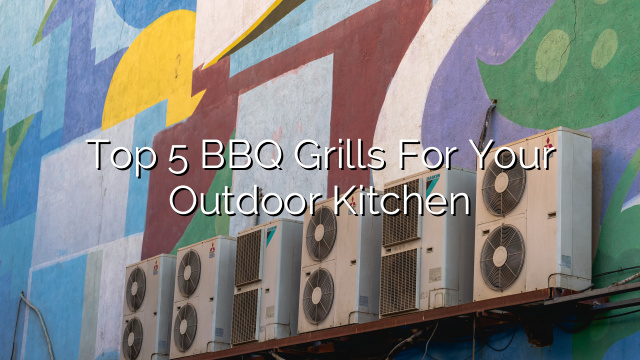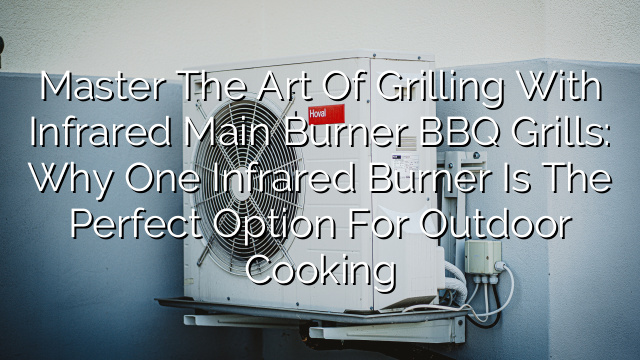Barbecue Grill Buying Guide
Introduction
Barbecue grills are a popular choice for outdoor cooking enthusiasts. Whether you enjoy hosting backyard parties or simply love the taste of grilled food, a good barbecue grill is essential. But with so many options available in the market, how do you choose the right one for your needs? In this guide, we will discuss the key factors to consider when selecting a barbecue grill, helping you make an informed decision.
Types of BBQ Grills
There are several types of barbecue grills available, each with its own advantages and disadvantages. Here are the three main types:
- Gas grills: Gas grills are convenient and easy to use. They are fueled by either propane or natural gas and offer precise temperature control. Gas grills heat up quickly and are ideal for those who want a hassle-free grilling experience. However, they may not provide the same smoky flavor as charcoal grills.
- Charcoal grills: Charcoal grills are known for their distinctive smoky flavor that gas grills cannot replicate. They use charcoal briquettes or lump charcoal as fuel and require more time to heat up. Charcoal grills are perfect for barbecue purists who value the traditional grilling experience. However, they might take longer to clean up and require more attention during cooking.
- Electric grills: Electric grills are the most convenient option for those who live in apartments or condos where open flame grilling is not allowed. They are easy to use, heat up quickly, and require minimal cleanup. However, electric grills may not offer the same flavor as gas or charcoal grills.
Size and Cooking Area
The size of the grill and its cooking area is an essential factor to consider. It depends on the number of people you typically cook for and the available space in your outdoor area. Here are a few guidelines:
- If you mostly cook for a small family or a couple, a grill with a cooking area of around 200 to 400 square inches should be sufficient.
- For larger gatherings or if you entertain frequently, consider a grill with a cooking area of 400 to 600 square inches or more.
- Remember to also consider the overall size of the grill, including side shelves and storage space, as it may affect the available space in your outdoor area.
Build Quality and Durability
When investing in a barbecue grill, it is essential to choose one that is built to last. Look for grills made from high-quality materials such as stainless steel or cast iron. These materials are durable, rust-resistant, and can withstand high temperatures.
Pay attention to the thickness of the grill’s metal components, as thicker materials tend to be more durable. Additionally, check for a sturdy construction and solid welds, as these contribute to the overall durability of the grill.
Heat Output and Control
The heat output and control of the grill are crucial for achieving the desired cooking results. Gas grills often have multiple burners, each with its own heat output, allowing for more precise temperature control.
Charcoal grills usually offer adjustable vents or dampers that allow you to regulate the airflow and, consequently, the heat. Electric grills typically have a thermostat or heat control knob to adjust the temperature.
Consider the maximum heat output of the grill, as well as its ability to distribute heat evenly across the cooking surface. This will ensure that your food cooks thoroughly and consistently.
Additional Features
While the basic function of a barbecue grill is to cook food, many grills come with additional features that can enhance your grilling experience. Here are a few worth considering:
- Side burners: Side burners can be useful for preparing sauces, side dishes, or even boiling water without the need for an extra stove.
- Rotisserie: A rotisserie attachment allows you to cook large cuts of meat evenly by rotating them slowly over indirect heat.
- Smoker box: Some grills have a smoker box that allows you to add wood chips or chunks, infusing your food with smoky flavors.
- Griddle: A griddle surface can be used for cooking breakfast foods like pancakes and eggs, expanding the versatility of your grill.
- Temperature control: Some grills have advanced temperature control features, such as infrared technology or digital thermometers, that allow for precise cooking.
FAQ
Q: What type of grill is best for beginners?
A: Gas grills are often recommended for beginners due to their ease of use and precise temperature control.
Q: How much space do I need for a barbecue grill?
A: The amount of space you need depends on the size of the grill and the available space in your outdoor area. Consider both the footprint of the grill and the space needed for maneuvering around it.
Q: Can electric grills be used indoors?
A: Yes, electric grills can be used indoors, but make sure to follow the manufacturer’s instructions and ensure proper ventilation.
Conclusion
Choosing the right barbecue grill involves considering factors such as the type of grill, size and cooking area, build quality and durability, heat output and control, and additional features. By taking these factors into account, you can find a grill that meets your needs and enhances your outdoor cooking experience. Happy grilling!

